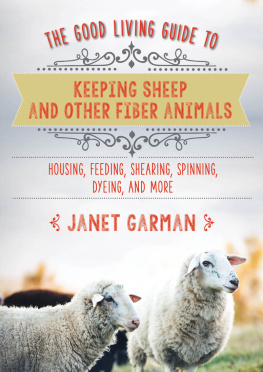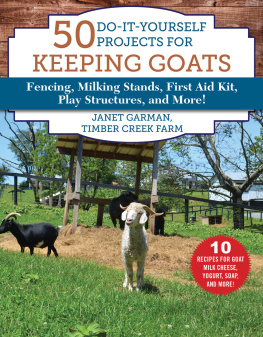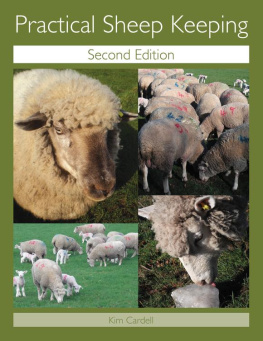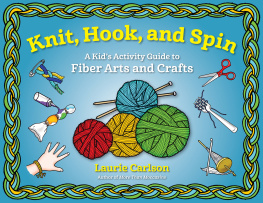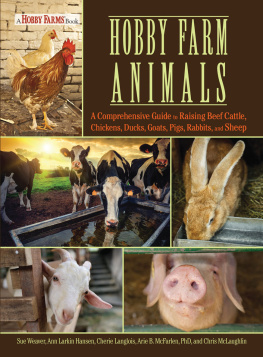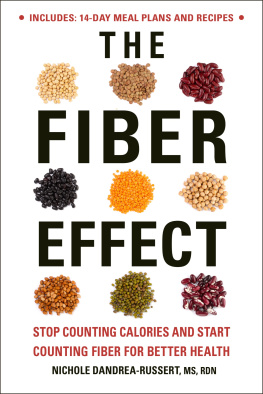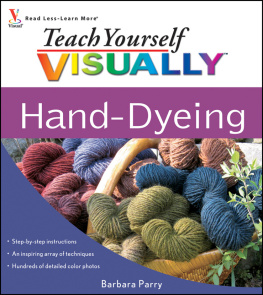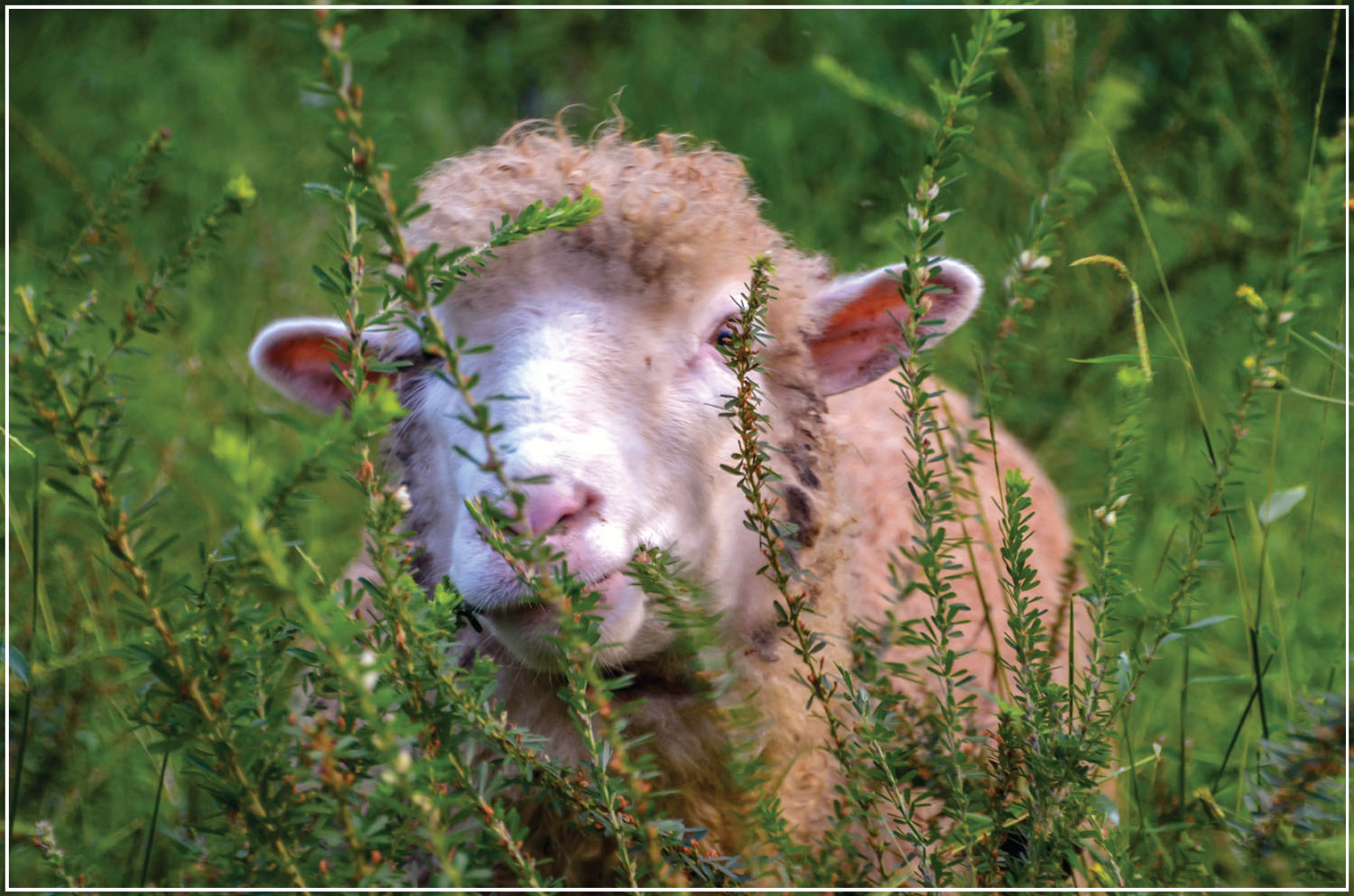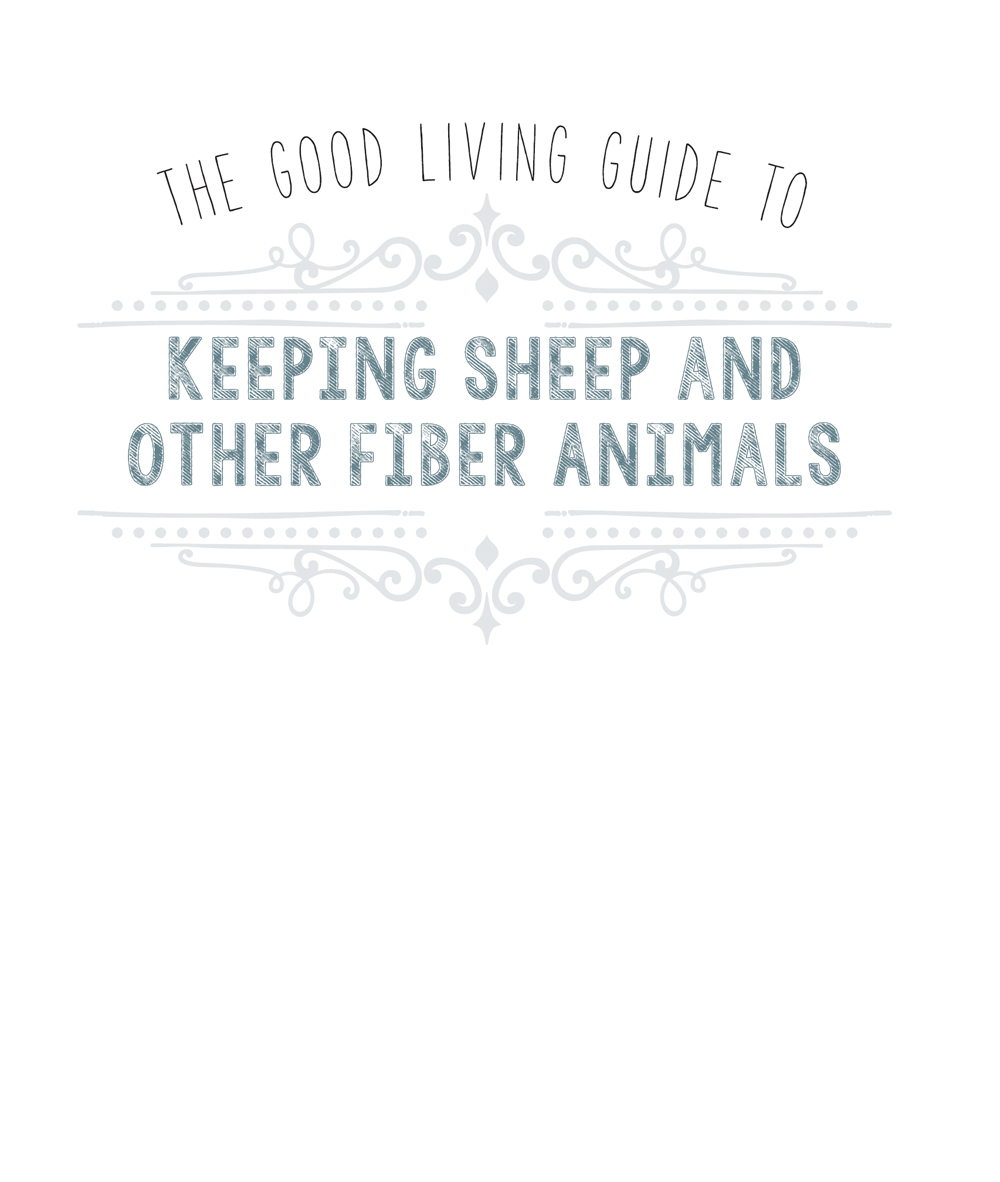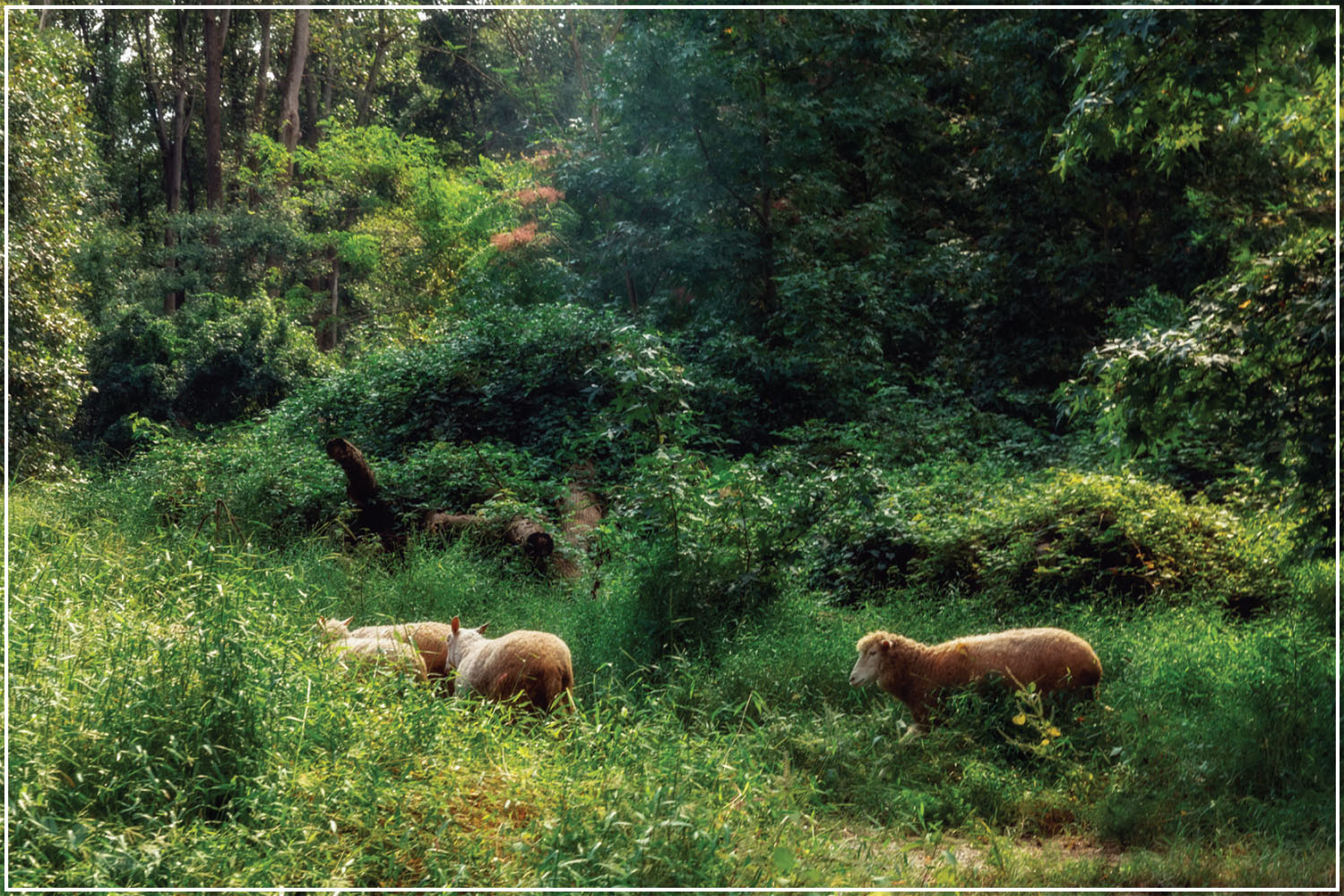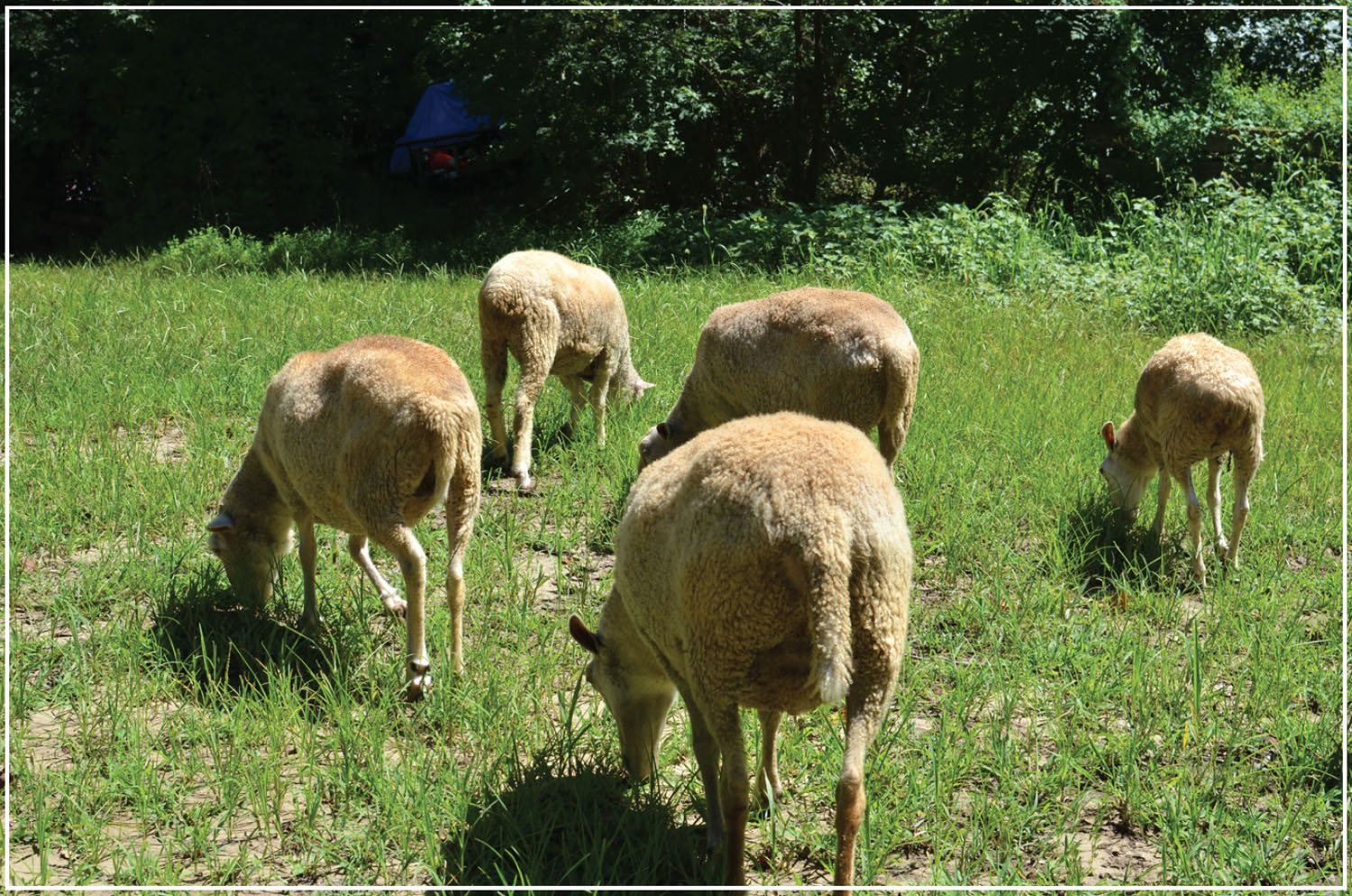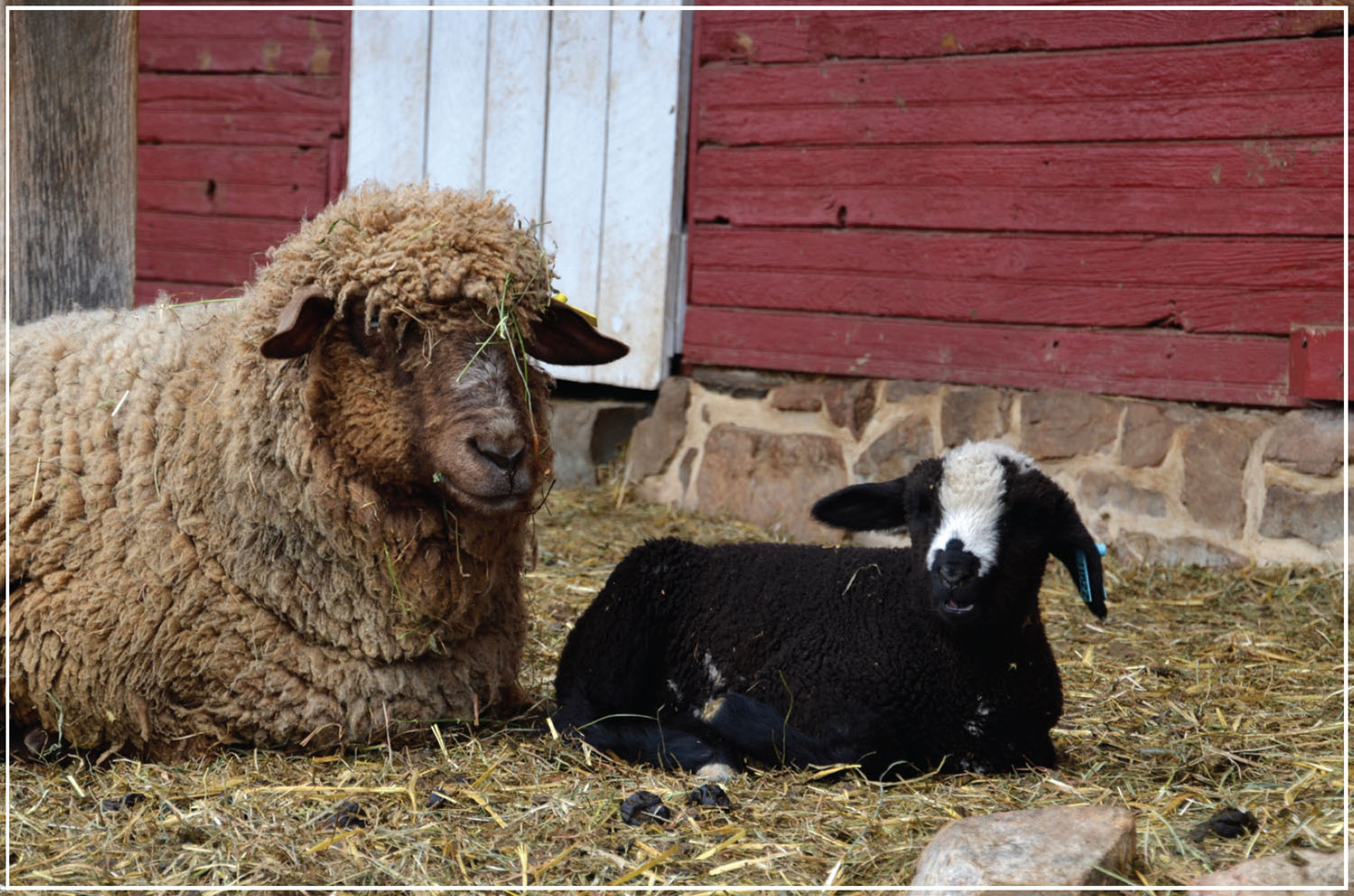Janet Garman - The Good Living Guide to Keeping Sheep and Other Fiber Animals: Housing, Feeding, Shearing, Spinning, Dyeing, and More
Here you can read online Janet Garman - The Good Living Guide to Keeping Sheep and Other Fiber Animals: Housing, Feeding, Shearing, Spinning, Dyeing, and More full text of the book (entire story) in english for free. Download pdf and epub, get meaning, cover and reviews about this ebook. year: 2019, publisher: Good Books, genre: Home and family. Description of the work, (preface) as well as reviews are available. Best literature library LitArk.com created for fans of good reading and offers a wide selection of genres:
Romance novel
Science fiction
Adventure
Detective
Science
History
Home and family
Prose
Art
Politics
Computer
Non-fiction
Religion
Business
Children
Humor
Choose a favorite category and find really read worthwhile books. Enjoy immersion in the world of imagination, feel the emotions of the characters or learn something new for yourself, make an fascinating discovery.
- Book:The Good Living Guide to Keeping Sheep and Other Fiber Animals: Housing, Feeding, Shearing, Spinning, Dyeing, and More
- Author:
- Publisher:Good Books
- Genre:
- Year:2019
- Rating:3 / 5
- Favourites:Add to favourites
- Your mark:
The Good Living Guide to Keeping Sheep and Other Fiber Animals: Housing, Feeding, Shearing, Spinning, Dyeing, and More: summary, description and annotation
We offer to read an annotation, description, summary or preface (depends on what the author of the book "The Good Living Guide to Keeping Sheep and Other Fiber Animals: Housing, Feeding, Shearing, Spinning, Dyeing, and More" wrote himself). If you haven't found the necessary information about the book — write in the comments, we will try to find it.
Publisher: Good Books
Publication Date: February 19, 2019
ISBN: 978-1-68099-404-9 Print
ISBN: 978-1-68099-405-6 Ebook
Request #1578303252.44758
A comprehensive and inspiring full-color guide to small-scale fiber farming and wool craftingfrom selecting and raising sheep and alpacas to shearing, sorting, combing and spinning.
Fiber craftssuch as knitting, weaving, and crochetingcontinue to surge in popularity, with sites like Ravelry (a social media community for the wool obsessed) gaining more than six million members. Artists are seeking quality raw materials in greater numbers. The cottage industry of supplying not only raw fleece, but handcrafted yarns, is strong.
Janet Garman has a small fiber flock (including Pygora fiber goats) and shares her expertise, as well as interviews, tips, and advice from fiber farmers and craftspeople across the country.
She offers the basics of properly raising sheep, goats, llamas, alpacas, and rabbits, with tips on selecting animals, feeding, housing, breeding, and healthcare. From there, instructions are provided for shearing, sorting, skirting, washing, picking, carding, combing, and spinning the wool. Enthusiasts will also find recipes and instructions for natural, plant-based dyes and advice for selling your finished yarn.
The proper care of fiber animals leads to a superior yarn product. Lapses in good care can show up in the fleece. As the demand for quality yarn and fiber grows, more people are becoming concerned with the animals treatment and care. Give your animals a good home and a happy life and enjoy superior fleece and yarn products for your own homestead or to sell.
This is such an amazing resource and can be enjoyably read from cover to cover. As someone with some livestock experience who is preparing to branch out to fiber animals, I found answers to most of my questions. I highly recommend this book! Jess Lane, The 104 Homestead, 104homestead.com
If you are considering a fiber flock, this would be a great addition to your library! Covers a wide variety of topics from purchasing your sheep all the way to marketing your wool. --Sandra Morris, Mitten State Sheep & Wool
A must read for any homesteader or fledgling fiber animal enthusiast. In my earliest homesteading days, I bought a fiber flock with best of intentions and not-so-perfect outcomes. If I had a copy of The Good Living Guide to Keeping Sheep and Other Fiber Animals back then I surely would have saved myself from stress and heartache, as well as avoided the embarrassment of poorly invested homesteading dollars. This practical guide has everything that you need to keep a happy, healthy, and productive fiber flock! Devon Young, blogger at NittyGrittyLife.com and author of The Backyard Herbal Apothecary
As a long-time fiber enthusiast, I am so pleased with The Good Living Guide to Keeping Sheep and Other Fiber Animals! For a textile nerd, theres just nothing finer than raising your own fleeces, and this book can easily empower you to begin with just a few, well-chosen animals. There is a lot of inspiration and experience in these pages, along with plenty of tips and tricks to make fiber animals a reality for any homesteader. Just think of running your hands through the fibers you grew on your own land! Tessa Zundel, author of The Do It Yourself Homestead
This comprehensive guide to raising a backyard flock of fiber animals guides the fiber artist to true self-reliance. It covers everything the artist-shepherd needs to raise her own medium including growing the fiber animals, preparing the fiber, natural dyeing, basic fiber arts techniques, and marketing the finished products. This can-do guide points the way to successful fiber farming. Christine Dalziel, author of The Beeswax Workshop
This is such an amazing resource and can be enjoyably read from cover to cover. As someone with some livestock experience who is preparing to branch out to fiber animals, I found answers to most of my questions. I highly recommend this book! Jess Lane, The 104 Homestead, 104homestead.com
Janet Garman: author's other books
Who wrote The Good Living Guide to Keeping Sheep and Other Fiber Animals: Housing, Feeding, Shearing, Spinning, Dyeing, and More? Find out the surname, the name of the author of the book and a list of all author's works by series.

